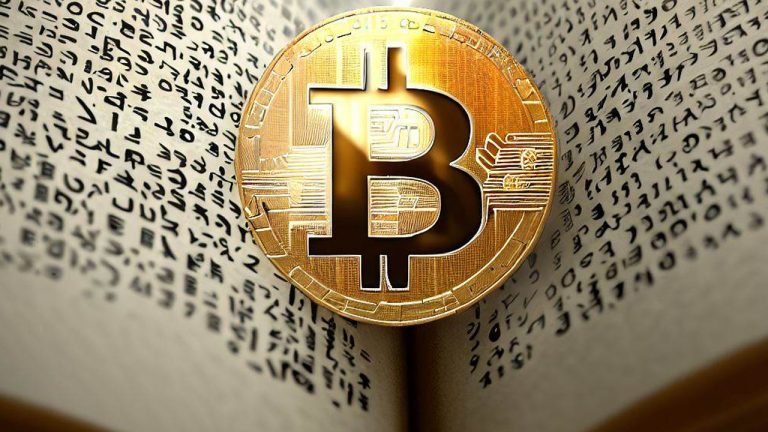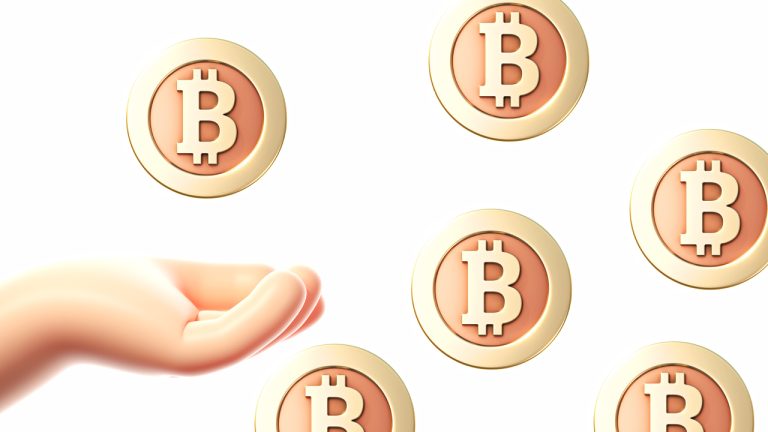
Chun’s reservations about whether to return the funds to Paxos stems from him being “annoyed” that “the person claiming it (the funds) kept saying EST instead of EDT/UTC.”
A Bitcoin (BTC) miner who mistakenly received 20 BTC — worth over $500,000 — from crypto exchange Paxos for settling a 0.008 BTC ($200) transaction is now reconsidering their decision to return the jackpot to its rightful owner.
On Sept. 13, Paxos revealed to Cointelegraph that it overpaid the BTC network fee on Sept. 10, to a miner who goes by the pseudonym Chun. While confirming that the event did not impact the traders' funds, the platform admitted that a system bug resulted in the disbursement of 20 BTC in mining rewards on one transaction.
While Chun initially agreed to refund the reward, he decided to reconsider his decision and reached out to the crypto community for advice.
I was annoyed and regretted agreeing to refund that 20 BTC. Especially when I saw the person claiming it kept saying EST instead of EDT/UTC. Last time a Zcash guy did that, I blocked his entire company.
— Chun (@satofishi) September 13, 2023
Ref:https://t.co/MQh0ijLR11https://t.co/lxtcFH9mq3
So what should I do?
Chun’s unwillingness to return the funds to Paxos stems from him being “annoyed” that “the person claiming it (the funds) kept saying EST instead of EDT/UTC.”

Adding to Chun’s dilemma, the crypto community on X (formerly Twitter) shared mixed opinions — each supported by solid reasonings. However, most people believe Chun has no obligation to return the 20 BTC reward and agree that instead, it should be distributed among the Bitcoin mining community.
Related: Marathon’s Bitcoin mining rate fell 9% in August
Depending on one’s physical location, Bitcoin mining business can have a varied profit margin. A recent report from CoinGecko showed that only 65 countries are profitable for solo Bitcoin miners, based solely on household electricity costs.

Based on the data shown above, mining 1 BTC in Lebanon is 783x cheaper than Italy, where it costs $208,560 to produce 1 Bitcoin.
Magazine: Are DAOs overhyped and unworkable? Lessons from the front lines

















